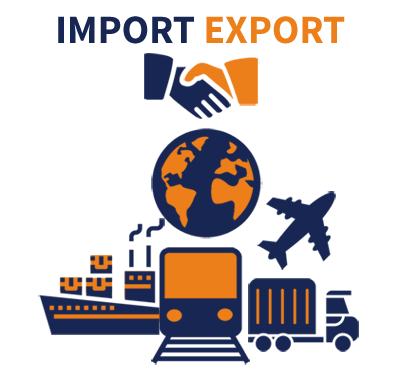Shopping cart
You have no items in your shopping cart.
You have no items in your shopping cart.

Launching a venture that revolves around the import or export of merchandise demands careful planning and adherence to a multitude of regulations. One of the pivotal elements in the trading sphere in India is securing an Import Export Code (IEC). This distinctive code, granted by the Directorate General of Foreign Trade (DGFT), Ministry of Commerce and Industries, Government of India, serves as a key to international trade. It enables entrepreneurs to import and export goods without hindrance.
In this blog, we navigate the process of acquiring an IEC in India, guiding you step by step.
An IEC is a unique ten-digit code that is mandatory for any company or person planning to engage in international trade in India. It serves as an identifier for the trader and is a one-time issuance - valid for all branches or factories of the respective importer or exporter.
Any enterprises or persons involved in the import or export of goods and services from India necessitate an IEC. However, if the goods or services imported or exported are for personal consumption and do not involve any commercial activity, there is no requirement for an IEC.
Preparation of Documents: Prior to beginning the application process, ensure all the required documents are available. These include:
The Application Process: The IEC application should be made in the Aayaat Niryaat Form 2A format to the DGFT in the region where the company's registered office is located.
Digital Application: The application can also be submitted online on the DGFT website. The filled-out form should be submitted alongside the necessary documents.
Payment of Fee: A fee of INR 500 must be remitted for the application through electronic funds transfer.
Conclusion of the Process: Following successful submission and payment, the DGFT will assign an IEC to the applicant. The IEC will be emailed to the applicant.
Once you've secured your IEC, you're set to start importing and exporting goods. However, ensure you keep the code stored safely as you will need to provide it during all your transactions. An advantage of the IEC is that it does not require any renewals or filings, making it convenient to handle.
Securing an IEC is a crucial step for any individual or firm aspiring to participate in international trade in India. While the process may appear intricate at the outset, following these guidelines can simplify it and create a smooth pathway to your trading venture.
Disclaimer: This blog post is provided for informational purposes and is not intended as legal advice. It is always recommended to consult with a professional or your local government office for precise information.
For any queries or further assistance with your import and export needs, don't hesitate to reach out to GcomIndia. Our aim is to simplify your importing process and assist you in overcoming any import challenges.